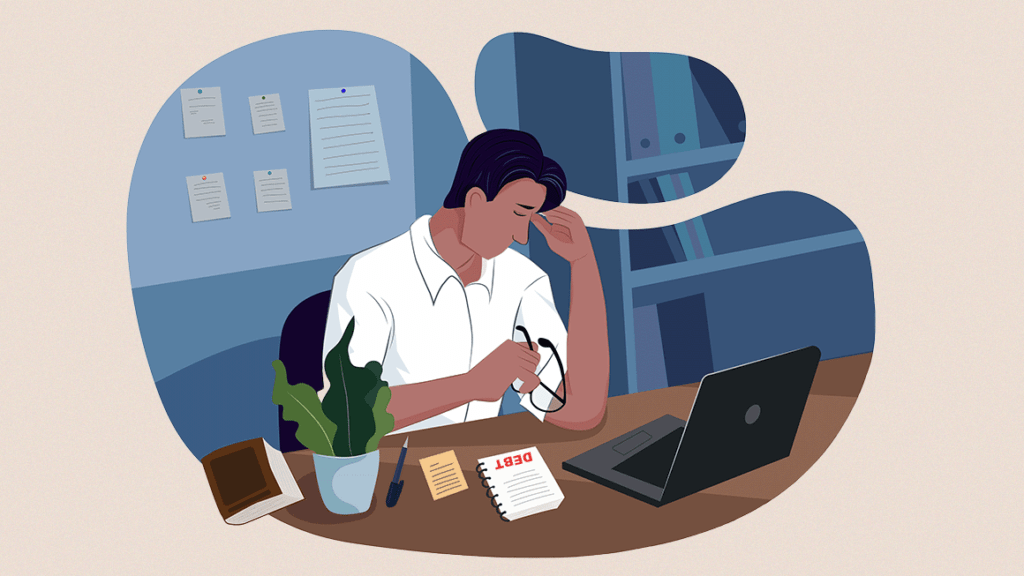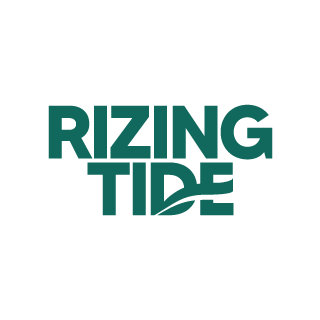
Exceptional Scholars, Exceptional Debt: A 2023 DPT Student Loan Survey
Winning Jenga is simple: Destabilize the tower as little as possible when relocating blocks from the bottom to the top, and hope your opponent sends the tower tumbling to the ground. The rules are easy enough—but as the average Jenga-enjoyer knows, each turn becomes more difficult as the players methodically erode the tower’s foundation. It’s a clear demonstration of a basic rule in architecture: A structure without a stable foundation is prone to collapse.
Without belaboring the metaphor, think of the physical therapy profession like a Jenga tower. Different professional struggles like declining reimbursements and rising burnout represent when players take Jenga blocks out of the center of the tower. It’s not exactly helping the stability of the profession—but at the end of the day, the tower will stand. Student loan debt, however, is a major threat to the structural integrity of the DPT profession. These are the Jenga blocks located near the bottom of the tower. Take one out, and it’s a whole lot harder to keep the rest of the tower upright.
A Quick Overview of DPT Student Debt
Doctor of Physical Therapy (DPT) students are graduating with enormous debt. According to WebPT’s most recent annual industry survey, 33.9% of students will graduate with more than $100,000 in student loan debt.
But here’s where it gets dicey. Typically, financial advisors recommend that students take out loans no greater than a 1:1 ratio of their expected salary. (So, a student who expects to make $60,000 should take out no more than $60,000 in loans.) But per the Bureau of Labor Statistics, physical therapists make an average annual wage of $92,920.
If a third of students are graduating with more than $100,000 in debt, then a third of future physical therapists—a third of the profession—are setting themselves up for financial troubles.
What does this mean for students—and excellent students, at that?
At Rizing Tide, we provide scholarships to excellent students who come from racial or ethnic backgrounds that are underrepresented in the DPT profession. Many of our scholars are first-generation college students—and even the ones who aren’t often face large financial or cultural barriers that make earning a DPT degree more difficult for them than for their peers.
We wanted to better understand the financial challenges facing our scholars and how they will affect their future careers—so we conducted our own survey. We asked current Rizing Tide scholars about their student loans and their plans for employment.
Here are the big takeaways.
Student Loans and Debt
46.2% of Rizing Tide scholars will leave school with more than $100,000 in student loan debt.
Our survey revealed that 46.2% of our scholars—nearly half—will leave school with more than $100,000 in student loan debt. That’s 10 percentage points higher than the number indicated in WebPT’s survey. Additionally (and perhaps unsurprisingly), 84.6% of our scholars report that student loans have increased their overall stress level. 46.2% of scholars say student loans have increased their overall stress level “significantly.”
69.2% of scholars believe it will take them at least 10 years to pay off their debt.
Our scholars anticipate that they’ll deal with their student loans for years to come. 69.2% of Rizing Tide scholars expect to make loan payments for at least 10 years. 46.2% of scholars expect to make loan payments for at least 15 years—and 23.1% of our scholars expect to make loan payments for 20 years.
53.8% of scholars are shouldering the entire financial burden of attending DPT school.
It’s no wonder that most of our scholars are stressed about their student loans—because 53.8% of them are shouldering the entire financial burden of attending postgraduate school. These scholars report that they are receiving no familial financial assistance whatsoever. Any help they receive comes entirely from grants and scholarships that they seek out and earn. Of the scholars who are receiving familial financial aid, 83.3% report that their family’s help has only “slightly” reduced their financial burden.
Some scholars are picking up jobs while in school to pay for tuition.
Though our scholars are facing monumental student loan debt, they’re proactive about payments. 38.5% of scholars are working part time (up to 20 hours a week) to help pay for their education. One scholar is even working more than 40 hours a week to help pay for their education.
Job Hunting
When looking for an employer, our scholars prioritize salary—followed by loan repayment opportunities.
Our scholars recognize that they shoulder a large financial burden—and that has significantly influenced their professional priorities. When asked about what they plan to look for in their first job in the PT industry, here’s what they said:
1. Salary
2. Loan Repayment Options
3. Health Benefits
3. Mentorship
4. 401k Matching
4. Diverse Workforce
4. Diverse Patients
5. Continuing Education
6. Flexible Schedule
In the past, our scholars have almost universally expressed that they want to work with underserved populations and/or members of their community. But they’re well aware of the realities of their financial situations. As such, every single scholar with student loan debt ranked either “salary” or “loan repayment options” (if not both) as one of the top three attributes that they’ll look for in their first employer.
100% of scholars with student loans said a loan payback program would influence their likelihood of accepting a job offer.
While our scholars have almost unanimously taken on debt in order to obtain their DPT degrees, there’s a huge variation in the amount of loans they’ve taken out. Some scholars have managed to attend school with comparatively minimal debt (e.g., $14,000 or $30,000), while others are on the financial hook for $150,000, $200,000 or even $300,000.
Nevertheless, when asked “would a student loan payback program influence your likelihood of accepting a job offer?” every single scholar with an outstanding loan of any size said “Yes.”
Rizing Tide scholars are among the best and brightest DPT students in the nation. With the right support and a solid foundation, they could build upon the field of physical therapy—but they’re contending with a Jenga tower that’s becoming increasingly unstable. (Those financial “blocks” are serious concerns.) Employers could provide an immediate solution, offering loan repayment benefits and higher-than-average salaries to students. But the true long-term solution is likely to reduce the cost of DPT schooling and ensure that students have the financial literacy and planning tools they need to succeed. But that’s our opinion—how do you think we can restabilize the DPT Jenga tower?

